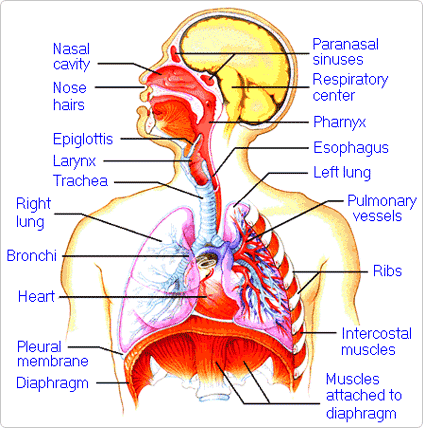 | > Other English exercises on the same topic: Human body [Change theme] |
| > Similar tests: - Describing a face - Human body - Human body-Vocabulary A1 - Vocabulary: the human body - Face (our) - Human skeleton - Idioms; human body - Vocabulary: Emergency-First aid... | |
| > Double-click on words you don't understand |
Anatomy : Respiratory System - English lesson

Find The right answer
English exercise "Anatomy : Respiratory System" created by bridg with The test builder. [More lessons & exercises from bridg]
Click here to see the current stats of this English test
End of the free exercise to learn English: Anatomy : Respiratory System
A free English exercise to learn English.
Other English exercises on the same topic : Human body | All our lessons and exercises


